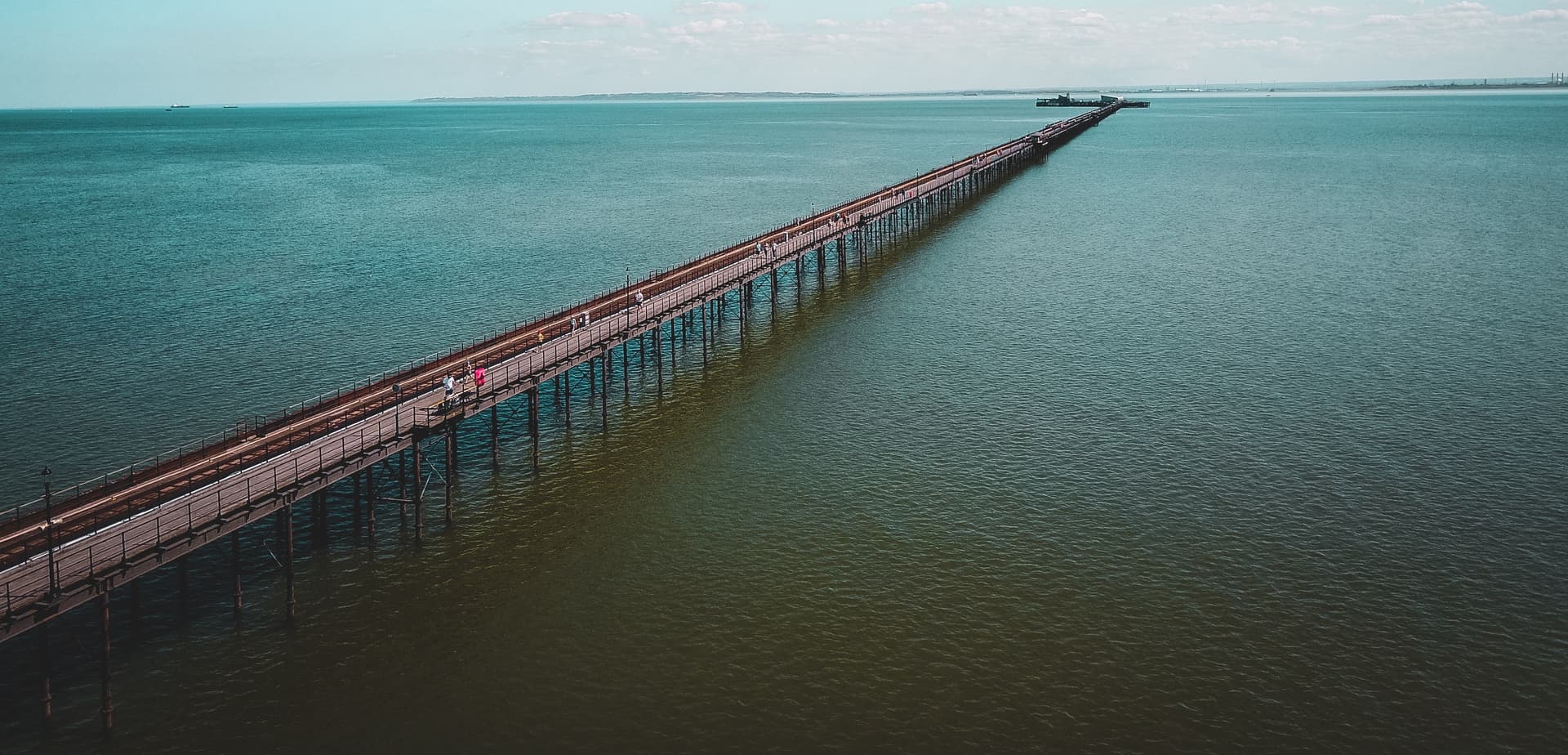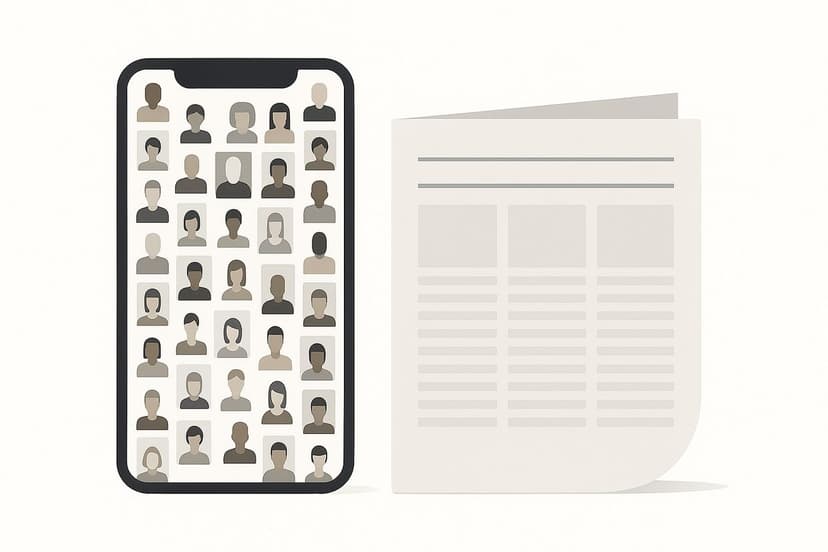
Cross-border reporting in crisis: More partnerships and cooperation needed, not less
New tools to connect with partners across the globe
The Fix Newsletter
Everything you need to know about European media market every week in your inbox
296 articles • 0 Followers









